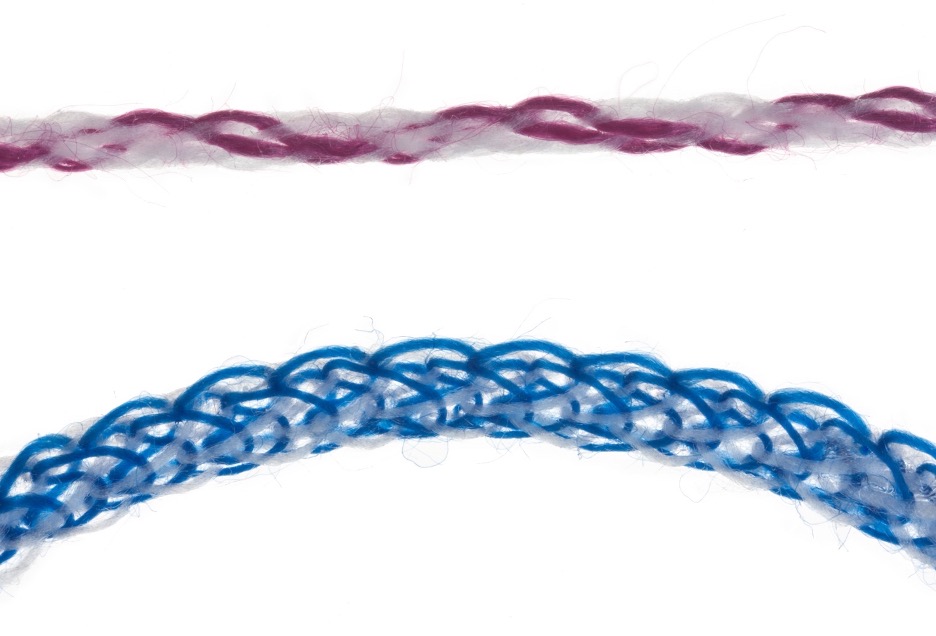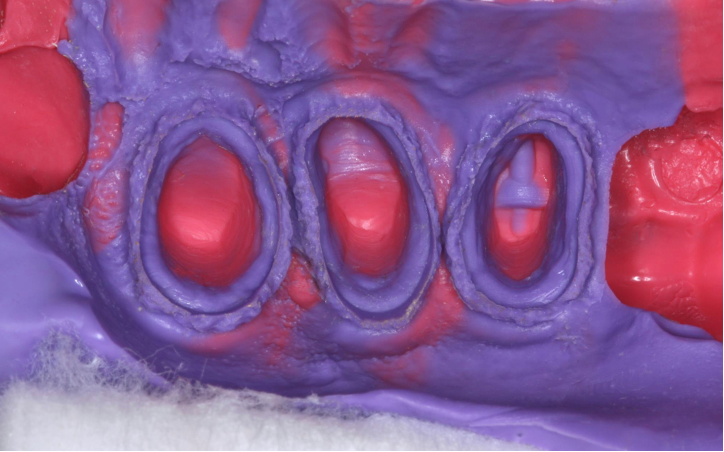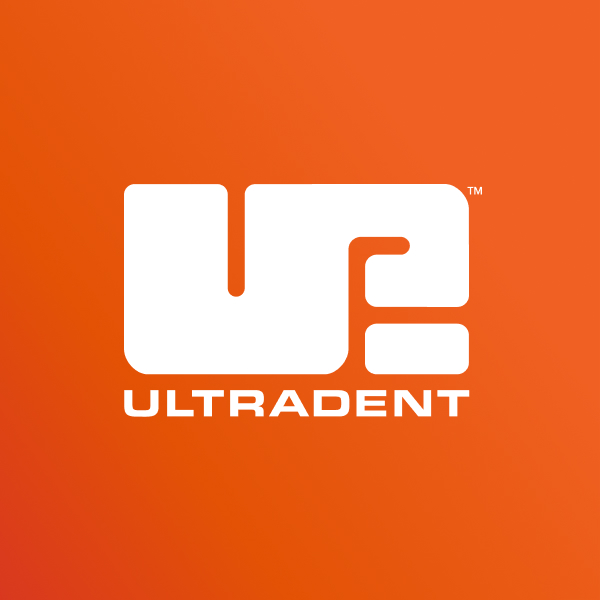This post is a continuation from part one, available here, in which Dr. Pettit discusses misconceptions around shortcuts, some common trends to avoid, and controlling bleeding. Part two continues below with retraction, accurate impressions, and conclusion.
By Dr. Mark Pettit, DDS
Retraction
I’m a retraction cord guy. I learned to use it in dental school, and it works great for me. Sure, I’ve tried paste retraction and I own a diode laser. But for most cases I use cord for retraction.

Ultradent’s Ultrapak™ cord and Ultrapak™ E cord line.
Ultrapak™ cord is different from other cords I’ve used on the market. It’s neither twisted nor braided. It’s knitted. The knitted structure gives it some unique benefits no other cords offer. For example, when I push it into place, it stays in place. With other cords I’ve used, I’ll push it into one area, but when I go to push it into the next area, the first area slips back out, causing a lot of unnecessary frustration.

A standard braided cord (top) versus Ultradent’s Ultrapak™ knited retraction cord.
With Ultrapak™ cord, I press my cord packer into it, and it doesn’t slip through or around the cord, (as happens so often with braided and twisted cords), meaning less injury potential to the gingival tissue. The knitted cord forms a hollow tube, soaking up and holding hemostatic solutions better. It also places gentle pressure on the sulcus to retract the tissue for a far better impression.

An illustration of the tube-like shape Ultradent’s Ultrapack knitted retraction cord takes.
I like to double-pack my retraction cord in many cases. I use a smaller cord (like the Ultrapak 000 size cord) for going into the sulcus first. Then, I place a larger cord (Ultrapak retraction cord comes in six sizes) over it for ideal retraction. I always use a longer cord than I think I’ll need to compensate for retraction. I can pack the cord dry, or sometimes, I soak it in the hemostatic solution before packing. If I’ve stopped all bleeding thoroughly prior to packing the cord, I rarely cause rebleeding when removing the cord.
This is why I never rely on just the cord alone to stop bleeding—if you are counting on cord to stop the bleeding by itself, then when its removed, it regularly pulls the little coagulation plugs with it, forcing me to repeat the hemostasis and retraction process all over again. It is critical to control bleeding prior to placing the cord. If cord is places properly and bleeding is controlled prior to placement, removing cord should not cause bleeding to re-occur.

The double retraction cord method described by Dr. Pettit.
I’ve recently been using the Ultrapak™ E retraction cord. It’s impregnated with racemic epinephrine hydrochloride. It’s dry, packs easily, and does a fantastic job retracting the tissue. Tip: Just be sure to not use the Ultrapak E cord with any of the ferric sulfate solutions like Astringedent™, Astringedent X, or ViscoStat™ hemostatic solutions. It causes an odd but temporary blue/black precipitate.
Also, make sure to use a quality cord packing instrument. The Fischer’s Ultrapak™ Packers retraction instruments work great in my hands. They’re just thin enough, and have tiny serrations to hold and pack the cord. I like the smaller head because it’s more delicate and offers better control. Conversely, interproximal composite instruments can be thin and even a little sharp. Slipping off the cord into the sulcus can cause some tissue injury that I would rather avoid.

Take an Accurate Impression


Impressions taken with Ultradent’s Chromaclone™ PVS impression material.
I like using PVS impression materials. They work well in my hands and I get ideal results. Take care not to mix fast-set and regular-set materials or they may not blend well. My lab seems to like what I give them with the impression materials I use.
Conclusion
Of course, taking great care and using the best products and techniques when performing prep design, tissue management, retraction, and impression taking is first and foremost, what’s right for the patient (and your patient google reviews!). But there’s an added benefit to all of this painstaking detailed work: a great relationship with your dental lab. If you’re unsure of what your lab thinks of your work or where you could improve, I suggest simply asking. The answer may be difficult to hear, but I guarantee you’ll learn something. And here’s the bonus: everyone wins!
Thank you, Donna, Freddie, and Aubrey, at my lab for consistently making my cases look so great. I couldn’t do it without you.
About the Author
Dr. Mark Pettit

Dr. Pettit graduated from Creighton University’s dental school in 1994. He currently runs and owns a small private practice in Salt Lake City where he works with his wife, who manages the office.Together, they’ve raised three sons, who are all attending college.
Having grown up in Northern California, Dr. Pettit now calls Utah home. He loves roadbiking in the warmer months, and for many years, worked part-time every ski season at one of Utah’s world-famous resorts for a hobby as a side gig. In addition to practicing dentisty, Dr. Pettit also works as a consultant and researcher at Ultradent Products, Inc., in their clinical affairs department.








